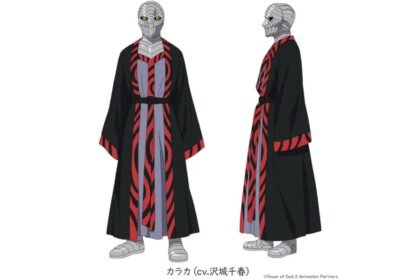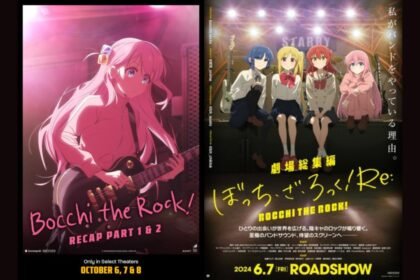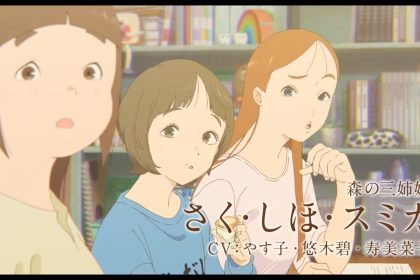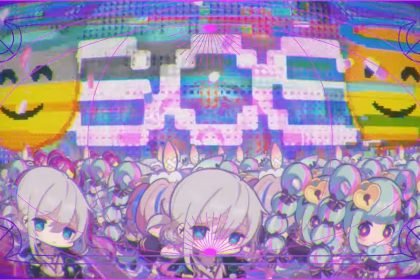Anime and manga have become global phenomena, captivating audiences with their unique storytelling and captivating visuals. These art forms, originating from Japan, have gained immense popularity worldwide, transcending cultural boundaries. One of the remarkable aspects of anime and manga is their exploration of social issues and inequality. Through their narratives, these mediums shed light on various aspects of society, tackling sensitive topics and provoking thought among viewers and readers. In this article, we will delve into how anime and manga serve as powerful tools for examining social issues and addressing inequality.
Anime and Manga as a Reflection of Society and Some Social Issues
Anime and manga often serve as mirrors of society, reflecting the triumphs and struggles that individuals face in their daily lives. These mediums have the ability to explore social issues in a profound and engaging manner, capturing the attention of audiences of all ages. Whether it is gender inequality, racial diversity, socioeconomic disparities, LGBTQ+ representation, or mental health stigma, anime and manga provide a platform for discussion and introspection. By presenting fictional worlds that parallel our own, these art forms encourage viewers and readers to reflect on societal norms and question the status quo.
Gender Inequality in Anime and Manga
Gender roles and stereotypes have long been prevalent in various forms of media, and anime and manga are no exception. However, these mediums also offer a space for challenging traditional gender norms and showcasing strong, independent female characters. While some anime and manga perpetuate gender inequality through the portrayal of passive female characters or unrealistic beauty standards, others break the mold by presenting complex and empowered women. By depicting the struggles and triumphs of female characters, these narratives shed light on the importance of gender equality and the need to challenge societal expectations.
Further Readings: Portrayal of Masculinity and Femininity in Shonen Protagonist
Racial and Ethnic Diversity in Anime and Manga
The representation of racial and ethnic diversity in anime and manga has undergone significant changes over the years. Previously limited to predominantly Japanese characters, these mediums now strive for more inclusive storytelling. While there is still progress to be made, we can find examples of diverse characters from various ethnic backgrounds, challenging stereotypes and promoting cultural understanding. Authentic representation has become a crucial aspect, with creators realizing the significance of accurately portraying different races and ethnicities. By embracing diversity, anime and manga contribute to a more inclusive and globally aware society.
Socioeconomic Inequality in Anime and Manga
Anime and manga often explore the themes of socioeconomic inequality, shedding light on the disparities that exist within society. Through the portrayal of poverty, wealth, and social classes, these narratives provide a glimpse into the realities faced by different segments of the population. They navigate the challenges of social mobility, highlighting the impact of economic circumstances on character development. By addressing these issues, anime and manga encourage empathy and understanding among audiences, fostering a desire for a more equitable society.
LGBTQ+ Representation Issues in Anime and Manga
The representation of LGBTQ+ characters and relationships in anime and manga has grown significantly in recent years. While there is still progress to be made. These mediums have played a vital role in breaking down barriers and promoting acceptance. Anime and manga explore diverse sexual orientations and gender identities. Showcasing the struggles, triumphs, and everyday lives of LGBTQ+ individuals. By presenting relatable and authentic stories, these narratives contribute to the normalization of LGBTQ+ experiences and provide a platform for dialogue and understanding.
Mental Health and Social Issues in Anime and Manga
Anime and manga have increasingly delved into the portrayal of mental health issues and the social stigma surrounding them. These mediums explore the complexities of mental health through the experiences of characters. Shedding light on the challenges individuals face and the importance of destigmatization. By addressing these sensitive topics, anime and manga create opportunities for empathy and understanding. Encouraging conversations around mental health and promoting a more compassionate society.
Conclusion
Anime and manga serve as powerful mediums for exploring social issues and inequality. Through their narratives, these art forms tackle gender inequality. Racial and ethnic diversity, socioeconomic disparities, LGBTQ+ representation, and mental health stigma. By presenting relatable stories and complex characters, anime and manga encourage empathy. Challenge societal norms. And promote a more inclusive and understanding society. As these mediums continue to evolve. It is important to recognize their impact on shaping perspectives and fostering dialogue on crucial social issues.













